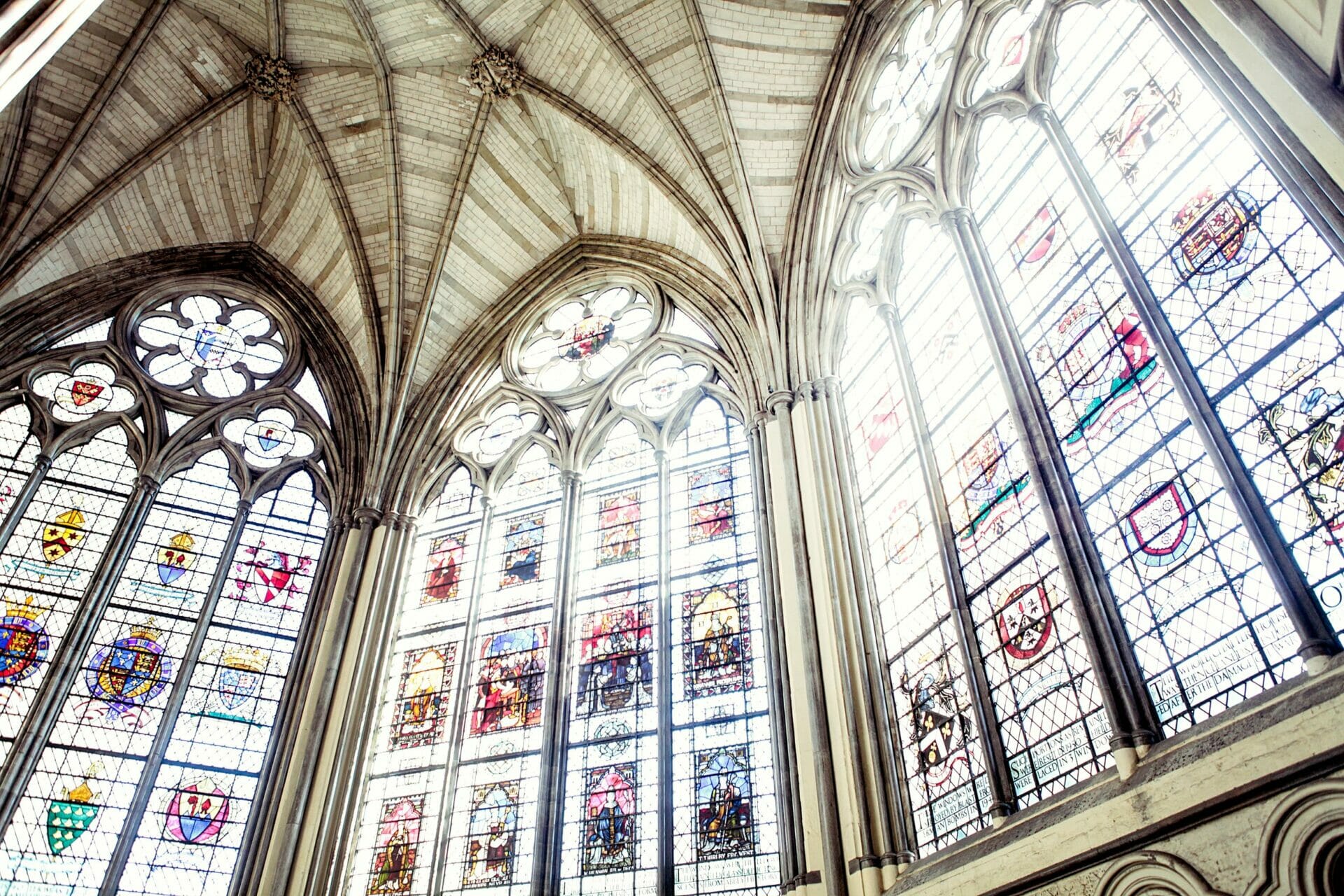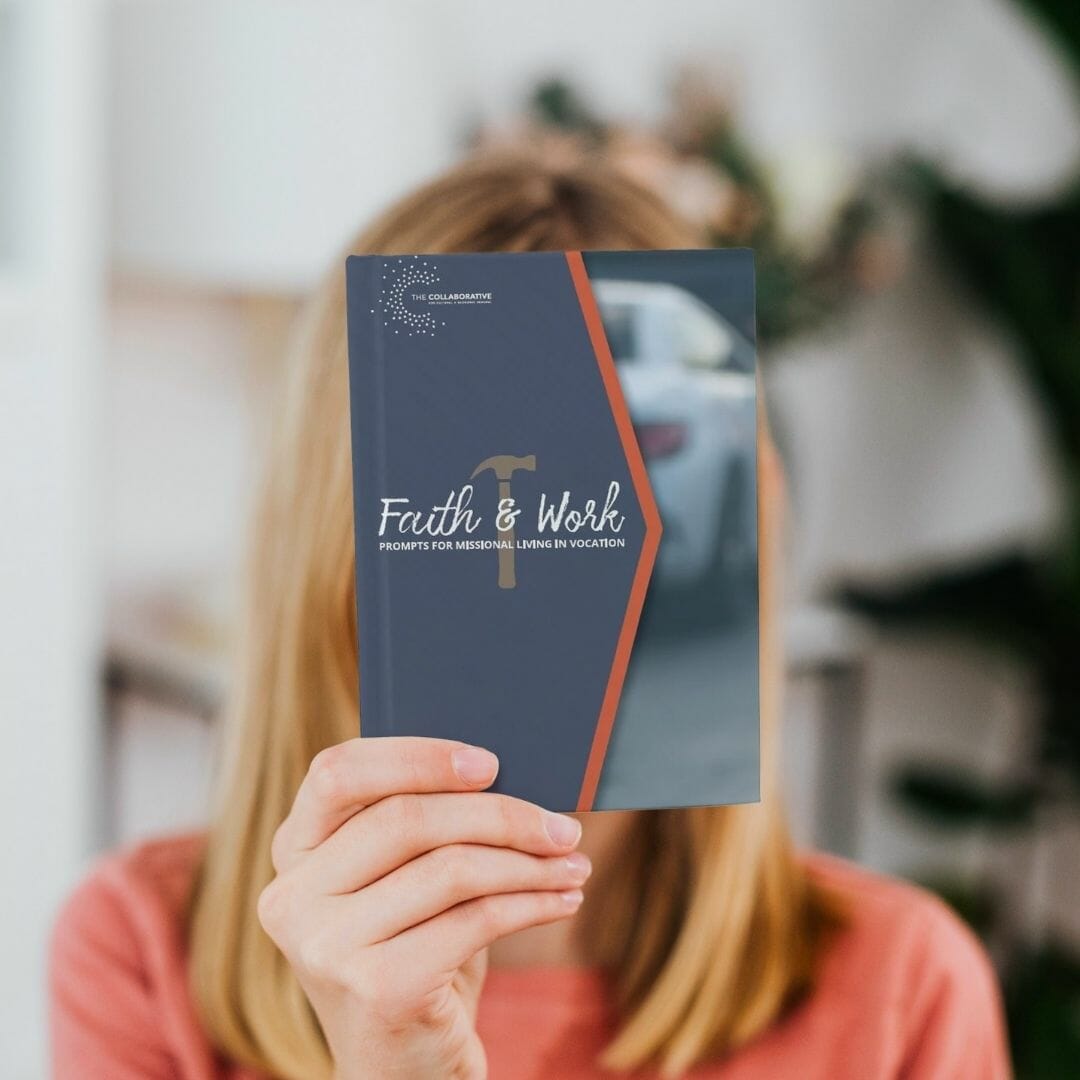We are back and off of the July Screen Sabbatical. This week’s blog post is an interview with James K.A. Smith and Roberta Ahmanson and they are discussing a fascinating topic—patronage. Most interviews that are transcribed can be a little rough and this one is no exception, but it is well worth the read. Patronage is a lost concept in our culture today and especially with a view towards eternity.
The End of Patronage?
An art historian with an insatiable curiosity discusses what it meant to be a patron of the arts—and what it means today.
You don’t have a “chat” with Roberta Green Ahmanson; you have an encounter—a full-blast, high-octane immersion into her imagination that will take you on an aerial intellectual tour from Constantinople to Florence, with stopovers in Manhattan and Rome. Given the time she’s spent in Italian churches and museums, it’s perhaps especially fitting to describe Ahmanson as a “renaissance woman.” A journalist-cum-art-historian, Ahmanson, along with her husband Howard, has been behind a variety of culture-making endeavours over the past decade, from the Ancient Christian Commentary on Scripture to the Museum of Biblical Art in Manhattan. Knowing that Ahmanson is both a student of patronage as well as an active patron, Comment editor Jamie Smith took advantage of an opportunity to spend time with her at a recent meeting of The Gathering, an annual conference for Christian philanthropists. Building from a case study of artistic patronage, their conversation explores some wider lessons for what it means to be cultural caretakers, investing in people and institutions for the common good.
JS: I have two tracks of questions I’d like to explore with you about patronage. The first is about their goals. What is it that patrons have tried to do? In Rome, for example, Caesar Augustus’s goals were actually to change a culture, to shape a culture . . .
RA: And the preservation of the state and public order.
JS: So it was a social and political set of goals. What about the church’s patrons, or the church as patron? What do you think its goals were? Is the Western church commissioning art only for liturgical purposes or are there other “public,” social functions as well?
RA: Well, in so far as the church was a public space . . .
JS: I suppose, right? The cathedral was a public space in a way.
RA: They were massive public spaces. And the whole city was claimed for God. There’s a lot about this in David Mayernik’s book, Timeless Cities: An Architect’s Reflections on Renaissance Italy.
JS: In a lot of ways, when we enjoy the treasure trove of the church’s art over the ages, we are really dependent upon, and owe a debt to, past patrons. They’re obviously commissioning works of art. But in a way, aren’t they also selecting artists? So, in a way, do we have to kind of trust their judgment?
RA: The church itself was a patron, and wealthy people were patrons, so that popes who came from wealthy families got to be bigger patrons, like Urban VIII who came from the Barberini— lots of money. But it wasn’t just about money; it was also about witness and worship. Their patronage was a visible manifestation of the great doctrinal consensus of the councils of the church. The art “spoke” the teaching in visual language.
JS: So, in a way, he exercises power and authority that is bound up with his taste. That’s what I’m intrigued by— that, in a way, subsequent generations are so dependent upon the judgments that past patrons have made, right?
RA: Yes, that’s true.
JS: I guess what we don’t know is what they didn’t patronize, because it wouldn’t endure. Maybe we’re missing out on some work that was incredibly beautiful simply because patrons’ tastes didn’t resonate with it at the time.
RA: Think of Urban VIII: he liked the Baroque, but Poussin is the same era. There were patrons in France who liked Poussin, but Poussin wasn’t selling paintings in Rome.
JS: Why?
RA: Because that was not the taste in Rome. But he was selling paintings in France.
JS: So there are regional judgments.
RA: But both are beautiful.
JS: Yes, right. And thank God that there were those different tastes—so that we now inherit both. But also thank God there was a diversity of patrons; otherwise we’d have no Poussin.
RA: The patron/artist relationship is a fraught one because it can be trying to dictate what people do. But then it’s because there were patrons who liked what Poussin did that we have his work, and it’s because of Urban VIII that we have a whole lot of stuff. He finished Saint Peter’s among other things.
Thanks to Jenny Marvin for her photo on Unsplash



